Perennial astronomers, octobrinks or novobrinks are called perennial asters New Belgian or Virgin. The plant received these names due to the fact that it blooms in the fall - from the beginning of September until the very frosts, when almost all other garden crops have long faded. Unpretentious septembers with small buds of various colors are very popular, they are planted not only in personal plots, but also in flower beds near apartment buildings.
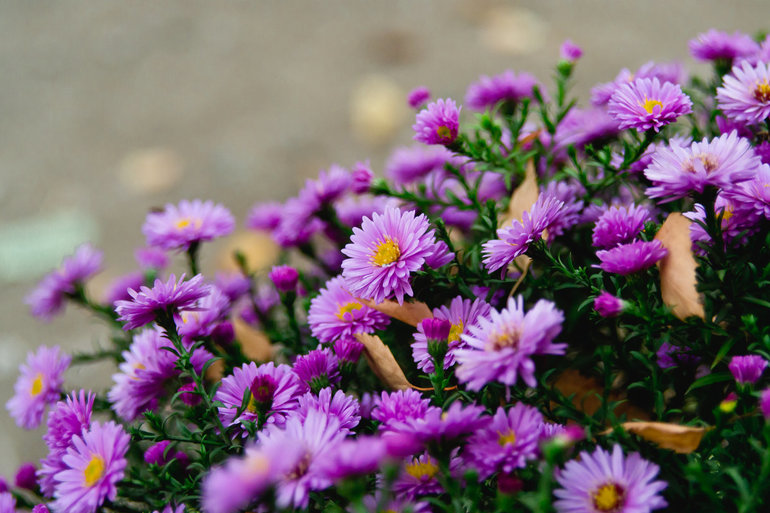
Content
View description
The homeland of the virgin asters is called North America, where several varieties grow in the natural environment, with different color of petals from white to purple. In our country, most often you can find october flowers of lilac shades.
September flowers resemble daisies in shape. The plant itself is a lush bush resembling a pyramid in shape. It has strong trunks, densely covered with leaves. Today, both high and undersized varieties are bred. The most common varieties:
- undersized - Audrey (with lilac petals), Jenny (red), Snowsprite (white);
- medium height - Elina (pink), Cassie (white), Royal Velvet (purple);
- high - White Lady (white), Desertblue (lilac), Dastyrose (raspberry).
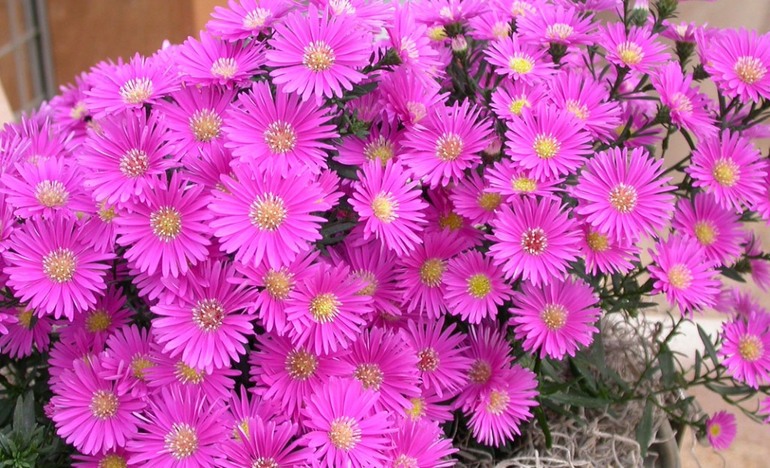
Outdoor landing
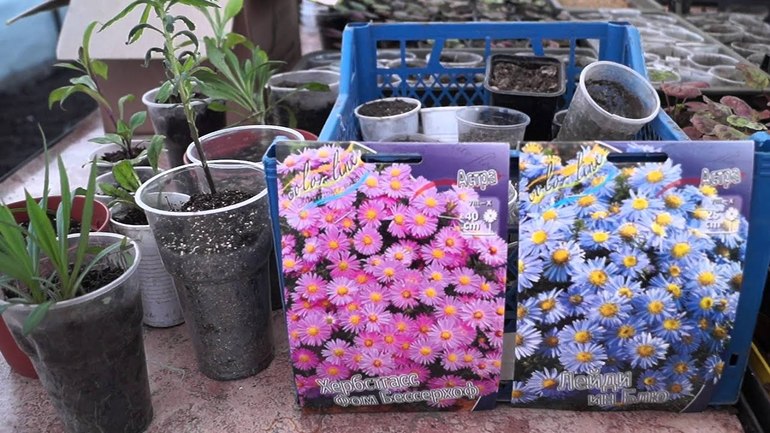
September flowers in planting, reproduction and care do not require special conditions. Almost any site is suitable for culture. She will feel fine both in single plantings, and in mixed ones, and as a border plant. The only thing is that flowers are not recommended to be planted too close to other representatives of the flora, since during the drought the Virgin Asters take all moisture from the soil, which can lead to a deterioration in the development or even death of neighboring crops.
Sepabrinks feel best in areas open to sunlight, but protected from the winds. Planting plants is best in spring or autumn. When planting flowers in the fall, you should calculate the procedure time so that seedlings managed to get stronger before the onset of cold weather.
Almost any soil is suitable for planting Octobrist flowers, exception - loam. Gardeners recommend preparing the site for planting in advance. For 2-3 weeks, the soil should be dug up and organic and mineral fertilizers applied to it.
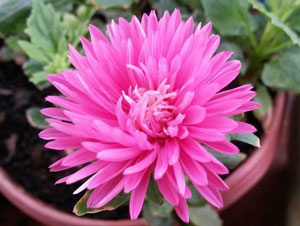 You may be interested in:
You may be interested in:Before lowering the seedlings into the holes, the soil should be moistened. Placed in the pit plants should be evenly sprinkled with soil, then it is well compacted. Planted septate should be watered every 2 days. When they get stronger and grow, the frequency of watering can be reduced. With autumn planting, it should be reduced.
Care Features
Sepabrinks do not like excessive humidity, so it is enough to water them once a week.It is advisable to use warm (not colder than air temperature) and standing water for this purpose. In addition to watering, New Belgian asters will need regular weeding and loosening of the soil. Caring for flowers with septemberines includes feeding. There will be several of them during the year:
- in early spring, nitrogen-containing fertilizers should be introduced into the soil;
- in June-July, potash fertilizers are applied;
- during flowering, the plant requires phosphate fertilizers.

To make the flowers look neater and bloom better they should be trimmed in a timely manner - remove dry buds and leaves. When the flowering period ends, the septembers should be cut so that they leave small stumps about 3 cm high. In this form, the plants will better tolerate the cold. Virgin asters are frost-resistant, therefore, additional measures to prepare for the winter period for adult flowers do not need to be carried out. Young bushes can be insulated with fallen leaves, peat, compost or spruce branches.
Sepabrins are quite resistant to diseases and pests. Powdery mildew is considered the most dangerous disease for them, which can be transmitted from plant to plant through water, tools, and even through the air (with spores). A sign of infection is the appearance of white plaquereminiscent of dust. If it is detected, the plant should be immediately treated with copper-containing fungicides.
To prevent the disease, gardeners are advised to periodically treat with copper sulfate or Bordeaux liquid. As a prevention of pests (aphids, spider mites, meadow bugs), it is recommended that the plants be treated with insecticides.
Reproduction and transplantation
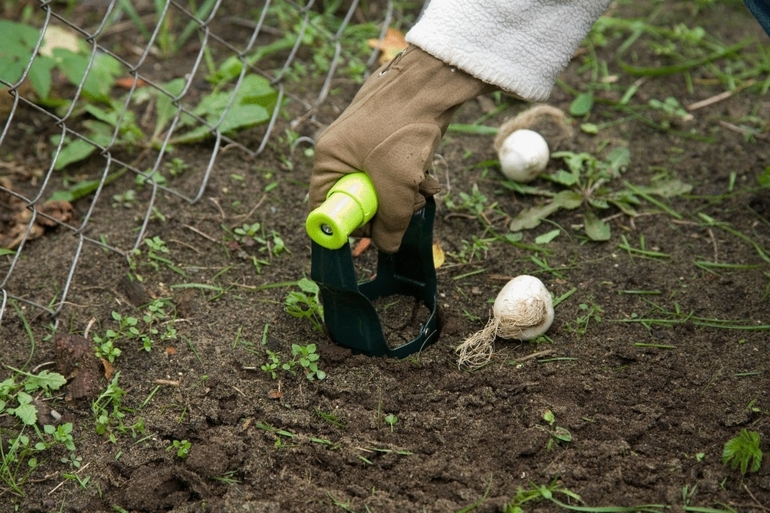
Sepabrins are propagated in several ways - by dividing the bush, seeds and cuttings. The most convenient and effective method of propagation, many gardeners call the division of the bush.
Sepbrinki need to be shared and transplanted every 3-4 years. Transplantation is carried out in early spring or autumn. The aster bush must be completely dug up and divided into divisions. The root link of each division must have several living kidneys.
Reproduction by seeds involves self-growing seedlings. In the temperate and northern latitudes, it is unlikely that it will be possible to collect planting material on its site, since the seeds do not have time to ripen. Because of this, you will have to go to a specialized store for seeds.
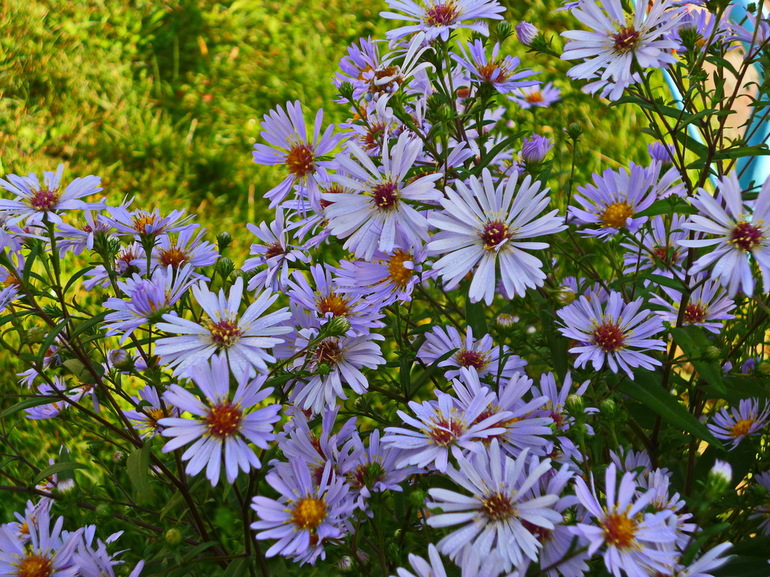
Seeds should be planted in the ground shallow (maximum 5 mm). When they are planted, the soil should be moistened with a spray bottle. After that, containers should be covered with film or glass. For growing seedlings, it is necessary to ensure the proper conditions - temperature conditions from +22 to +25 ° C and diffused lighting.
Within 3-4 weeks, until the sprouts appear, the containers should be kept under the film, periodically opening them for watering (spraying) and airing. When the sprouts appear 2 real leaves, they must be planted in separate pots. 10-14 days after transplanting, seedlings should be fed with complex mineral fertilizer.
From mid-April, seedlings can begin to be hardened - daily take out into the open air for 20-30 minutes. In May, plants are recommended to be planted in open ground.
To divide the cuttings, it is necessary to trim the side shoots at the bush. They must be placed in water until the root shoots appear (as a rule, roots appear after about 20 days). Further, seedlings can be planted in open ground.
Use in landscape design
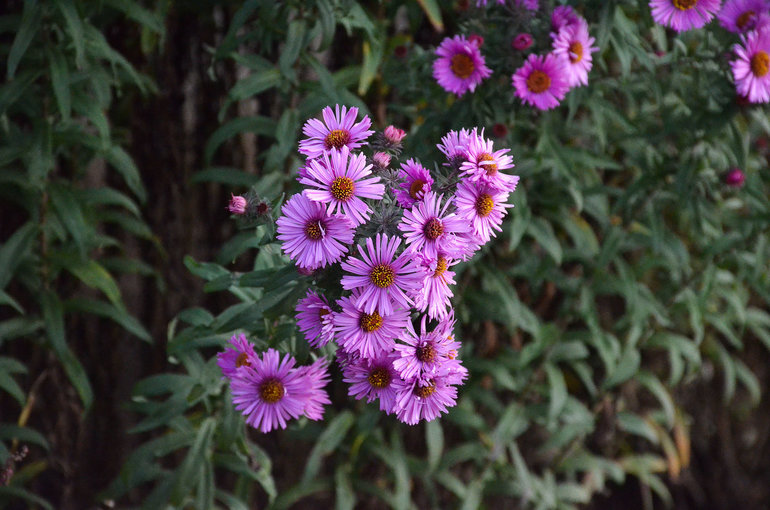
The septembergins will be an excellent accent in the center of the flowerbed in combination with low flowers, for example, chrysanthemums, the proximity of which is very favorably evaluated. Mixborders from varieties of virgin asters with different colors of buds will look great.
Planting and caring for flowers with septembers will not cause difficulties. These plants can be wonderful garden decorations. Their bright buds look very advantageous against the backdrop of an autumn garden. In addition, cut flowers can stand in water for up to two weeks.
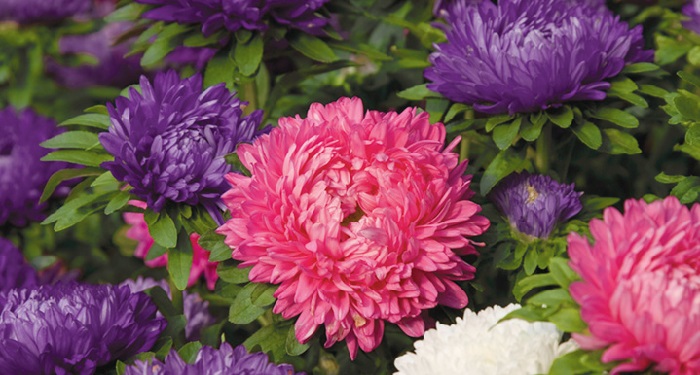 You may be interested in:
You may be interested in:

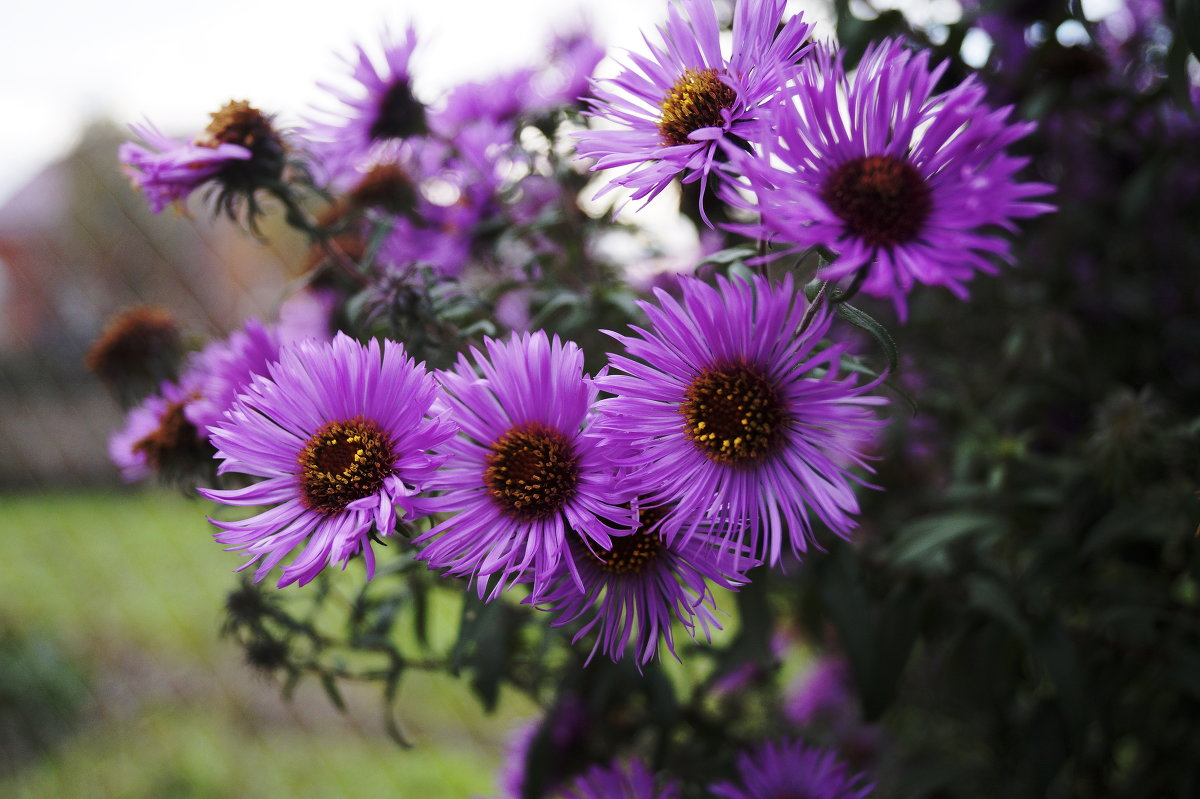
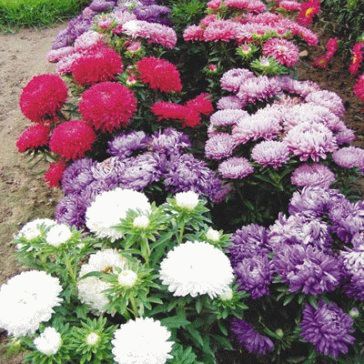 When to plant and how to grow asters from seeds
When to plant and how to grow asters from seeds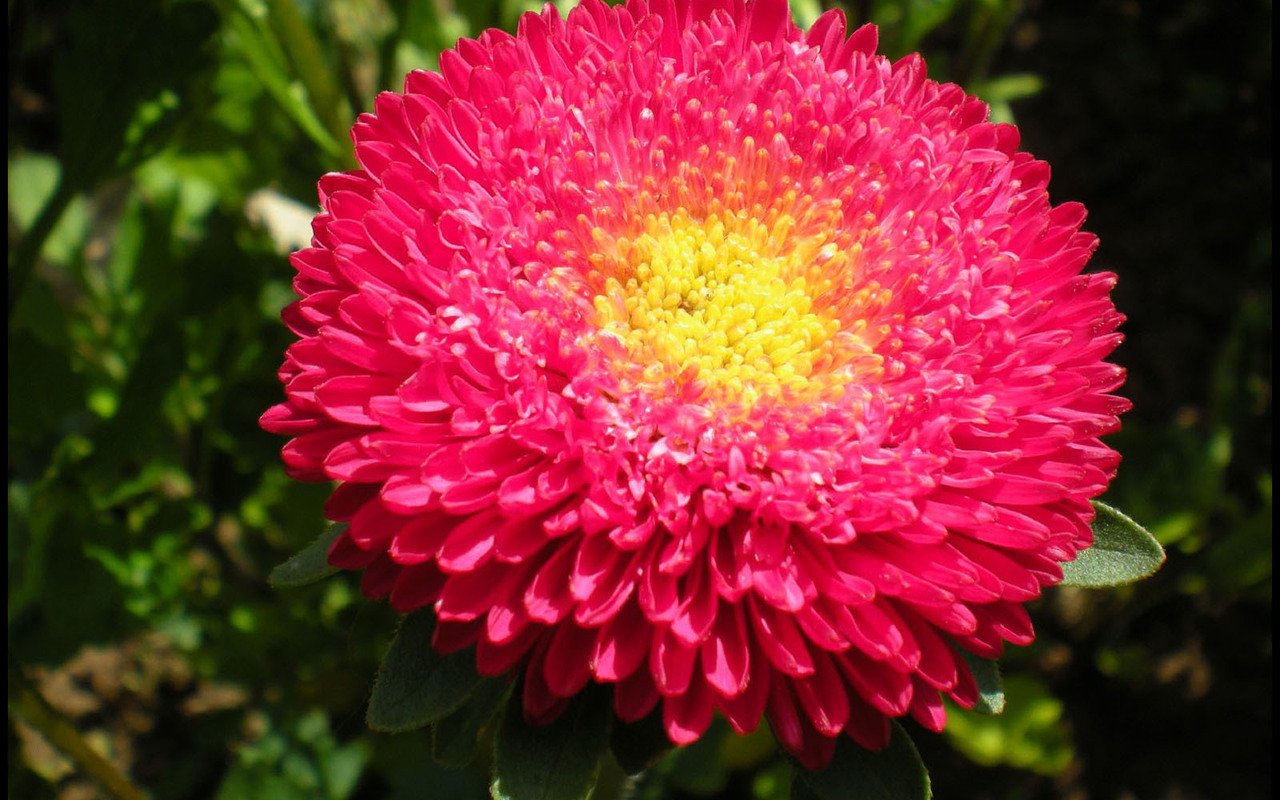 Astra: seed cultivation
Astra: seed cultivation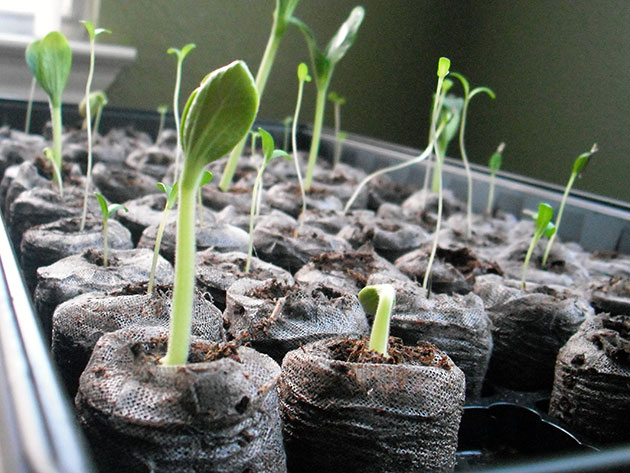 Planting asters on seedlings in 2016
Planting asters on seedlings in 2016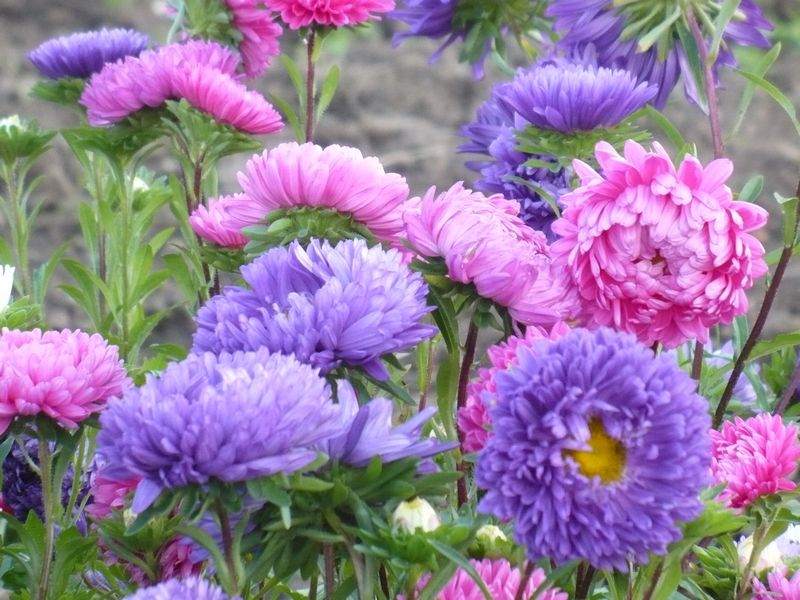 When to plant asters for seedlings in 2017 according to the lunar calendar
When to plant asters for seedlings in 2017 according to the lunar calendar